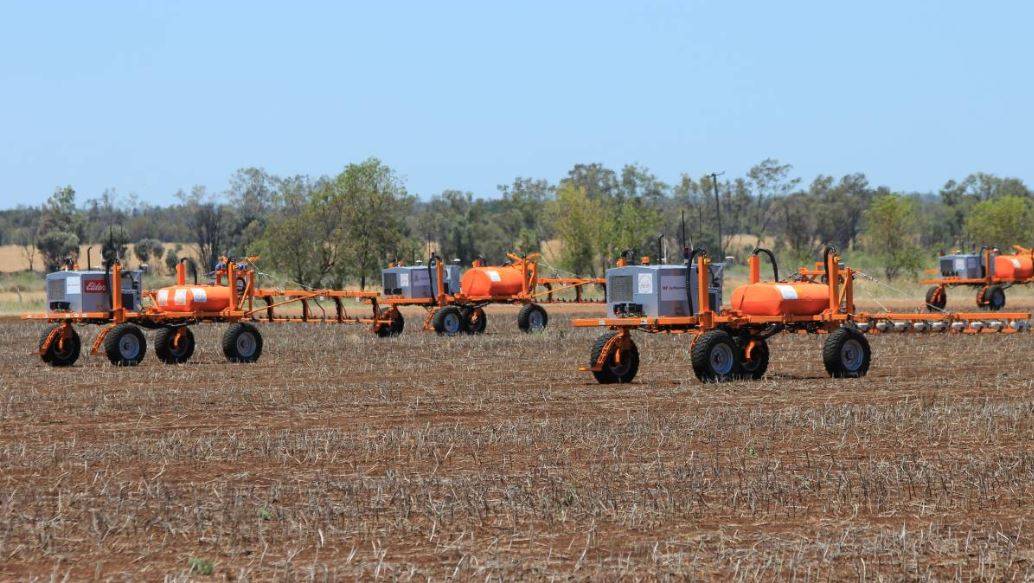
Now machines will be able to completely take over almost any tasks. Here we are talking of none other than Robots. Yes! Currently robots are taking over farms faster than anyone could imagine. The first fully autonomous farm equipment is now becoming commercially available.
Tractors will no longer need drivers as robots will take up their place. This specialized equipment will be able to spray, plant, plow and weed cropland. The credit goes to the small startups in Canada and Australia.
Though, industry leaders Deere & Co. and CNH Industrial NV haven’t revealed when they’ll release similar offerings. Saskatchewan’s Dot Technology Corp. has already sold some so-called power platforms for fully mechanised spring planting. Interestingly, in Australia, SwarmFarm Robotics is leasing weed-killing robots which can do tasks such as mow and spread.
Sam Bradford, a farm manager at Arcturus Downs in Australia’s Queensland state is an early adopter of SwarmFarm as part of a pilot programme last year. He used four robots to kill weeds, each about the size of a truck.
Bradford added, "Robots distinguished the dull brown colour of the farm’s paddock from green foliage, and directly targeted chemicals at the weeds. It’s a task the farm does two to three times a year over 20,000 acres. He can save 80 per cent of his chemical costs with the help of robots."
Bradford said, “The saving on chemicals is huge, but there’s also savings for the environment from using less chemicals and you’re also getting a better result in the end.”
SwarmFarm’s CEO Andrew Bate said, "Farmers need to get to the next level of profitability and efficiency in farming and we have not seen that with engineering that doesn’t match the agronomy. Robots flip that on its head. The driving adoption in agriculture is better farming systems and better ways to grow crops.”
Interestingly, in Saskatchewan, Canada, the first commercially sold autonomous tractors made by Dot will be coming out on fields this spring. Though, the Dot units won’t be completely on their own this year. Farmers who bought equipment as part of a limited release must watch them at all times.
After this trial run, the producers will be able to let the equipment run on its own in the beginning of next year. It will open up a lot of time for the growers who will no longer need to sit behind the steering wheel.
















